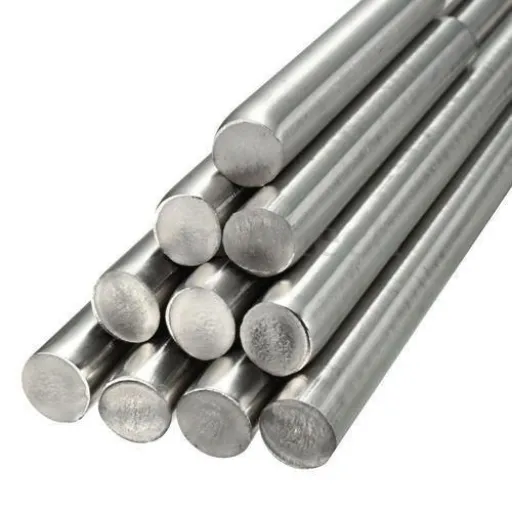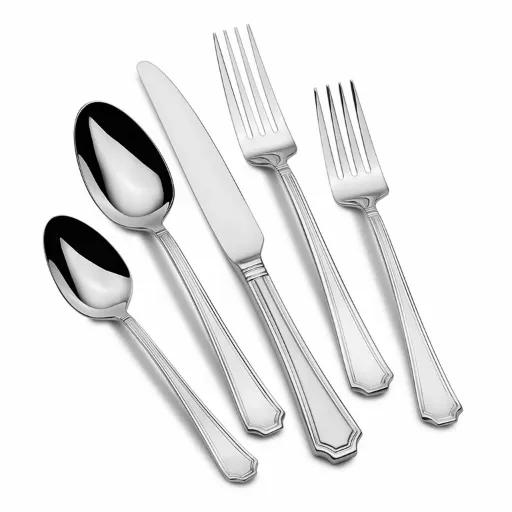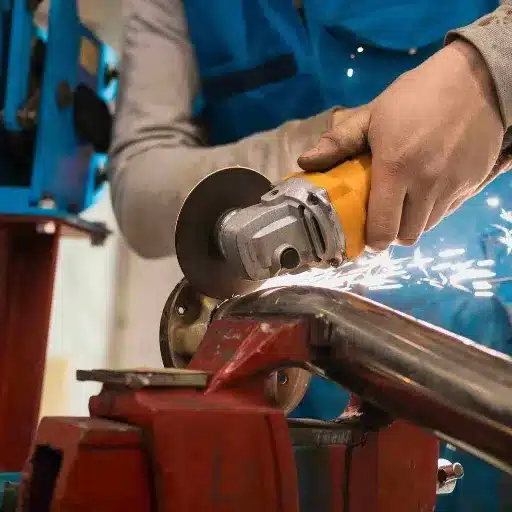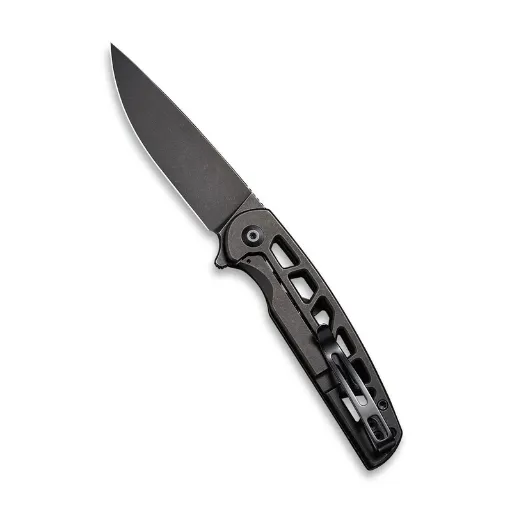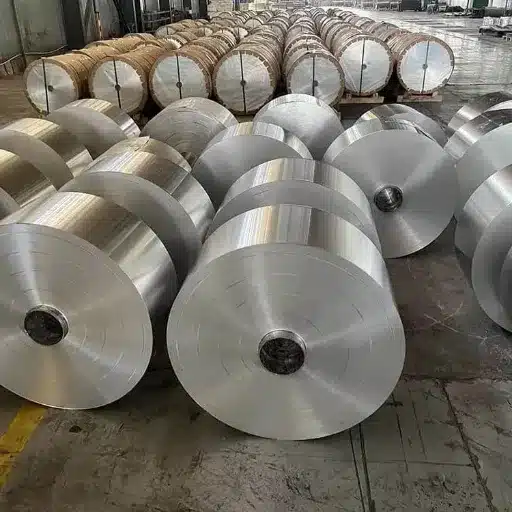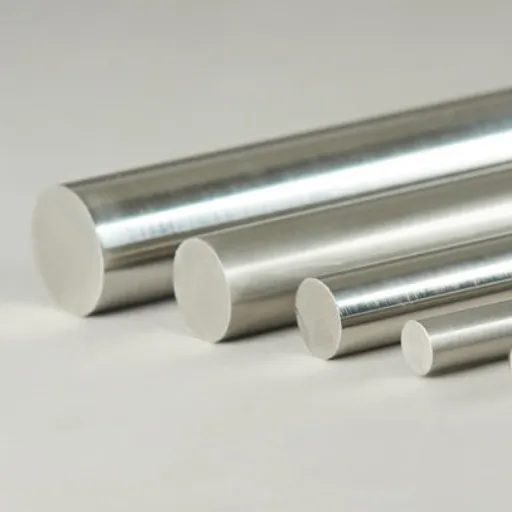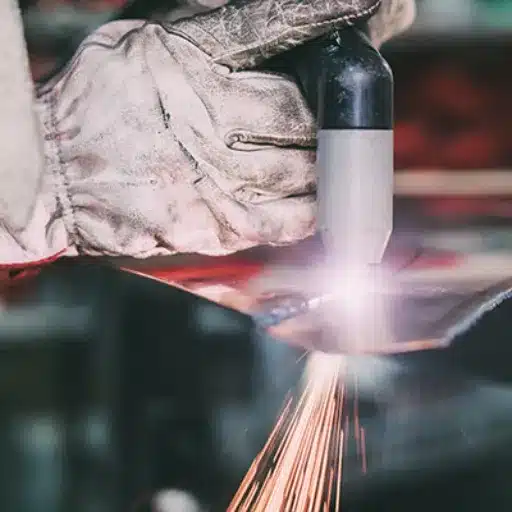Stainless steel is renowned for its durability, versatility, and resistance to corrosion, but not all stainless steel is created equal. Among the many grades available, Grade 431 stands out for its exceptional strength, hardness, and ability to perform in demanding environments. This blog post will explore the unique properties of Stainless Steel Grade 431, its equivalents, mechanical characteristics, and the various bar grades available. Whether you’re an engineer, manufacturer, or simply interested in metallurgical materials, this comprehensive guide will provide valuable insights into why Grade 431 is a preferred choice in specialized applications.
Introduction to Stainless Steel
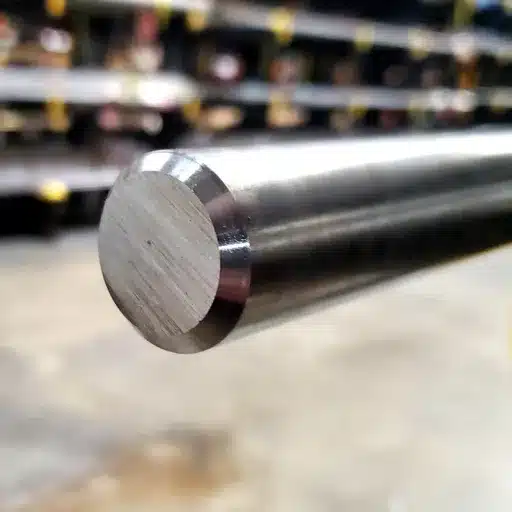
Grade 431 stainless steel is exceptional because it offers high strength, excellent corrosion resistance, and good toughness, making it ideal for specialized applications like shafts, bolts, and marine equipment. Its versatility and reliability make it a preferred choice for both engineers and manufacturers.
Importance of Stainless Steel in Various Industries
Stainless steel plays a crucial role in a wide range of industries due to its exceptional properties, such as corrosion resistance, strength, and versatility. Its ability to withstand extreme temperatures and harsh environments makes it an indispensable material in sectors like construction, automotive, aerospace, food processing, and healthcare.
🏗️ Construction and Infrastructure
Stainless steel is widely used in construction due to its durability and aesthetic appeal. It is a primary material in structural supports, roofing, and interior design.
🚗 Automotive and Transportation
The automotive industry leverages stainless steel for manufacturing exhaust systems, fuel tanks, and decorative trims. Its lightweight yet robust nature contributes to fuel efficiency and vehicle longevity.
✈️ Aerospace Applications
With the ability to endure high stress and extreme temperatures, aerospace sectors utilize stainless steel in components such as jet engines, landing gears, and exhaust ducts.
🍽️ Food Processing and Hospitality
Hygienic properties make stainless steel essential in food processing and kitchenware. Its non-reactive surface ensures that food and beverages maintain their quality.
Defining Grade 431 Stainless Steel
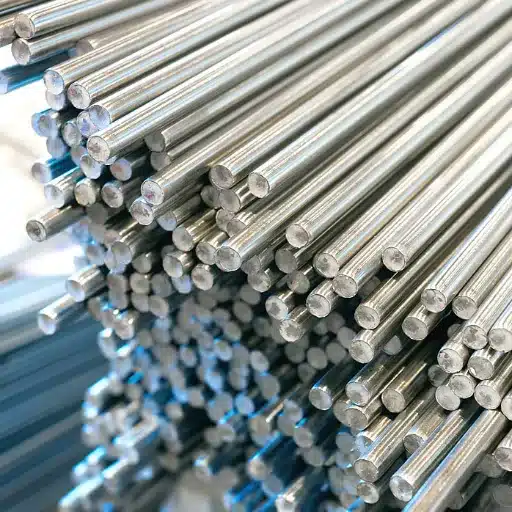
Grade 431 stainless steel is a high-grade martensitic stainless steel known for its excellent combination of toughness and corrosion resistance. It contains approximately 16-18% chromium and 1.25-2.50% nickel as its key alloying elements, which provide enhanced corrosion resistance compared to other martensitic grades.
Key Performance Characteristics
- Tensile strength of up to 850-1000 MPa
- High resistance to wear in harsh environments
- Excellent performance when hardened and tempered
- Superior resistance to atmospheric and mild chemical environments
Common uses of Grade 431 include pump shafts, valve components, marine hardware, and surgical instruments, where durability, corrosion resistance, and aesthetics are equally important.
Industry data suggests that the demand for Grade 431 stainless steel is rising due to its increased deployment in marine, aerospace, and chemical processing industries. Its ability to withstand both freshwater and limited saltwater environments without significant degradation makes it a popular choice for marine applications.
Properties of Grade 431 Stainless Steel

Corrosion Resistance of Grade 431 Stainless Steel
Grade 431 stainless steel is renowned for its superior resistance to corrosion in a variety of environments. It offers excellent performance in mildly corrosive environments, particularly in freshwater and limited exposure to saltwater. Its high chromium content, typically around 15-17%, forms a protective passive oxide layer on the surface, which prevents oxidation and enhances its resistance to rust.
⚠️ Important Considerations
Grade 431 is not fully resistant to highly chloride-rich environments or severe marine conditions where pitting and crevice corrosion could occur over time.
PREN Value: Generally falls between 14-18, suitable for moderate exposure but may not be adequate for highly aggressive applications such as prolonged submersion in seawater.
Machinability of Grade 431 Steel
Grade 431 stainless steel is known for its excellent mechanical properties, but its machinability, like other martensitic stainless steels, requires careful attention to detail. It is rated as having fair machinability and is typically easier to machine in its annealed state compared to its hardened state.
Machining Recommendations
- Tools: Use carbide or high-speed steel (HSS) tools to handle material toughness
- Cutting Speed: Keep moderate, typically 20–30 meters per minute for carbide tools
- Lubrication: Adequate coolant application essential to prevent overheating
- Heat Management: Maintain dimensional accuracy through proper cooling
Applications of Grade 431 Stainless Steel
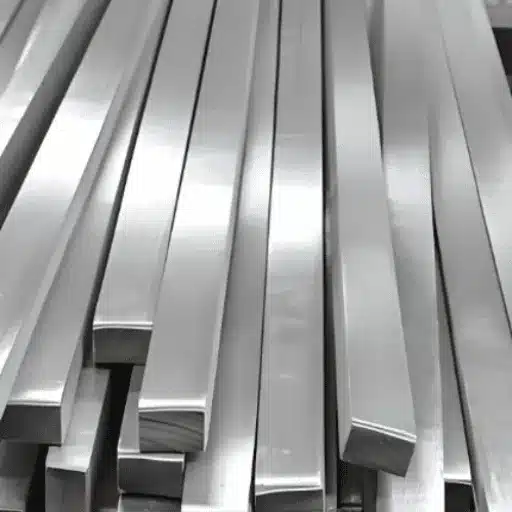
Grade 431 stainless steel is commonly used in applications such as pump shafts, bolts, and screws, as well as in valves, marine hardware, and machinery components where high strength, corrosion resistance, and excellent surface finish are required.
Typical Uses in the Aerospace Industry
Grade 431 stainless steel is highly valued in the aerospace industry due to its excellent combination of corrosion resistance, high strength, and toughness. This material is commonly utilized in the manufacturing of aircraft parts that require durability under extreme conditions.
🔧 Component Applications
- Fasteners and bolts
- Landing gear system shafts
- Hydraulic components
- Actuators
📊 Performance Data
Tensile Strength: Up to 850 MPa (123 ksi)
Benefit: Long-term reliability under dynamic loads
Recent industry data highlights that aerospace components made from Grade 431 stainless steel contribute significantly to extending the service life of critical mechanical systems. Additionally, its superior resistance to atmospheric corrosion and ability to perform in marine environments make it an ideal choice for aerospace applications where exposure to moisture or varying conditions is inevitable.
Applications in the Marine Sector
Grade 431 stainless steel also finds extensive applications in the marine sector, where materials are required to withstand prolonged exposure to saltwater and harsh environmental conditions. Its exceptional resistance to corrosion, particularly pitting and crevice corrosion caused by chlorides, makes it an ideal choice for components in seawater environments.
🚢 Common Marine Applications
- Propeller shafts
- Marine fasteners
- Pump shafts
- Offshore platform components
💡 Industry Benefits
According to recent data, the marine industry increasingly relies on Grade 431 stainless steel to address challenges posed by rising maintenance costs of conventional materials.
Lifespan Extension: Materials like Grade 431 can extend equipment lifespan by up to 30%, significantly reducing repair and replacement frequency.
Ongoing advancements in heat treatment processes have further improved its mechanical properties, enabling better performance under dynamic loads often encountered aboard ships and offshore platforms. With its combination of cost-efficiency and resilience, Grade 431 stainless steel continues to play a critical role in bolstering the reliability and efficiency of marine engineering solutions.
Comparative Analysis with Other Stainless Steel Grades
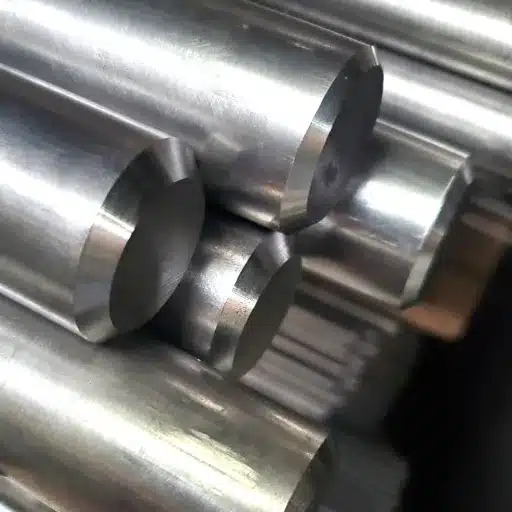
When comparing Grade 431 stainless steel to other stainless steel grades, it stands out due to its superior corrosion resistance and toughness, particularly in marine environments. While some grades may offer higher ductility or easier machinability, 431’s strength and resistance to stress corrosion cracking make it a reliable choice for components subjected to high mechanical loads and harsh conditions.
Strength and Corrosion Resistance Compared to Grade 316
| Property | Grade 316 | Grade 431 |
|---|---|---|
| Tensile Strength | 485-700 MPa | 850-1000 MPa |
| Molybdenum Content | 2-3% | None |
| Chloride Resistance | Excellent | Good |
| Magnetic Properties | Non-magnetic | Magnetic |
| Cost Comparison | Higher | Lower |
Grade 316 stainless steel is renowned for its exceptional corrosion resistance and mechanical properties, making it a preferred choice in many demanding environments. Where Grade 316 truly excels is in its resistance to corrosion. The addition of 2-3% molybdenum significantly enhances its ability to withstand pitting and crevice corrosion in chloride-rich environments like coastal and marine areas.
Cost-Effectiveness of Grade 431 vs. Other Grades
Grade 431 stainless steel offers an excellent balance between cost and performance, making it an attractive option for many applications requiring moderate corrosion resistance and high mechanical properties.
💰 Cost Advantages
- 15-20% cost savings vs. molybdenum-enriched grades
- More affordable than premium Grade 316
- Lower long-term maintenance costs
⚠️ Limitations
- Less weldable than austenitic grades
- Lower ductility compared to 304/316
- Limited complex fabrication applications
When compared to more common austenitic grades like Grade 304, Grade 431 demonstrates higher yield strength and greater wear resistance, which can extend the lifespan of components and reduce long-term maintenance costs. These factors make it a cost-effective solution where durability and moderate corrosion resistance are prioritized.
Reference Sources
-
Universal Stainless
This source highlights the use of Grade 431 in the aerospace industry for fittings and boltings, emphasizing its high yield strength and excellent corrosion resistance.
Link to source -
Smith Metal
This site provides insights into the various applications of Grade 431, including laboratory equipment, pumps, shafts, and propellers, showcasing its versatility across industries.
Link to source -
Michlin Metals
This source discusses the suitability of Grade 431 for marine environments and aerospace applications, such as aircraft fasteners and fittings, due to its durability and resistance to corrosion.
Link to source
Frequently Asked Questions (FAQs)
What is Grade 431 Stainless Steel?
Grade 431 is a martensitic stainless steel known for its high strength and excellent corrosion and heat resistance. This grade contains a higher amount of chromium, which provides its robust properties, making it suitable for various applications, including in the marine and automotive industries.
How does Grade 431 compare to other stainless steel grades?
When comparing Grade 431 to other stainless steel grades, such as the 300 series, it is important to note that while 431 offers good corrosion resistance, it does not possess the same level of resistance as austenitic grades like Type 304. However, its magnetic properties and strength make it advantageous in specific applications.
What are the corrosion and heat resistance properties of Grade 431?
Grade 431 provides decent corrosion and heat resistance compared to ferritic grades and other martensitic steels. It is particularly resistant to oxidation and has a maximum carbon content that helps enhance its durability under high-temperature conditions.
Is Grade 431 magnetic?
Yes, Grade 431 is magnetic due to its martensitic structure, which is a characteristic that differentiates it from many austenitic stainless steels, such as Type 304, which are generally non-magnetic.
Can Grade 431 be welded?
Welding Grade 431 can be challenging due to its high strength and potential for cracking. It is recommended to use specific welding techniques and filler materials to ensure a strong weld joint. Preheating and post-weld heat treatment are often necessary to maintain the integrity of the welded area.
Ready to Explore Grade 431 Stainless Steel?
Grade 431 stainless steel offers an exceptional combination of strength, corrosion resistance, and cost-effectiveness, making it an ideal choice for demanding applications across aerospace, marine, and industrial sectors.

